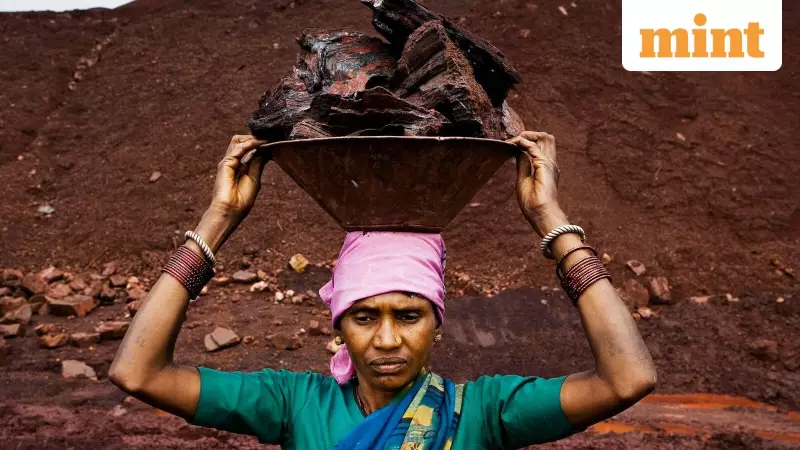
New data from the Indian government reveals that the country's overall unemployment situation remained stable in October, holding firm at the same level as the previous month. The unemployment rate for citizens aged 15 and above was recorded at 5.2%, showing no change from September's figure, according to the Periodic Labour Force Survey (PLFS) released by the Ministry of Statistics & Programme Implementation (MoSPI).
A Tale of Two Economies: Rural Gains vs Urban Pains
Beneath the surface of this stable national figure, a significant shift was occurring between rural and urban India. Rural joblessness showed a marked improvement, declining from 4.6% in September to 4.4% in October. This positive trend, however, was counterbalanced by a modest increase in urban unemployment, which inched up from 6.8% to 7% over the same period.
This dynamic is partly explained by seasonal agricultural patterns. September represents the peak harvest season for kharif crops like rice, maize, and cotton, a period that absorbs a large portion of the rural labour force. Consequently, the following month typically sees fewer people in rural areas actively seeking employment.
Gender and Geographic Disparities Persist
The data continues to highlight the uneven impact of unemployment across different demographics. Women remained disproportionately affected, though the reasons differ in urban and rural settings. On a positive note, unemployment among women edged down to 5.4% in October from 5.5% in September, a decline largely propelled by improving conditions in rural areas.
For men, the unemployment rate held steady at 5.1%. A slight improvement in rural areas, where male joblessness fell from 4.7% to 4.6%, was negated by a marginal rise in urban male unemployment.
The survey employs the current weekly status (CWS) method to measure unemployment. A person is considered unemployed if they did not work even for one hour during the reference week but were actively seeking or available for work.
Labour Force Participation Shows Promising Uptick
In an encouraging sign, India's labour force participation rate (LFPR) increased for the fourth consecutive month, rising to 55.4% in October from 55.3% in September. The LFPR represents the share of the population that is either working or actively looking for work.
This growth was fuelled almost entirely by rural India, where participation climbed significantly from 57.4% to 57.8%. Conversely, urban participation slipped from 50.9% to 50.5%, underscoring the persistent structural divide between the two labour markets.
The gender-specific data on participation was particularly revealing. The LFPR for women aged 15 and above rose to 34.2% in October, the highest level since May 2025, driven largely by rural areas. Among rural men, LFPR increased to 78.4%, while rural women saw a similar uptick to 38.4%.
The urban picture for women, however, was concerning. The LFPR for urban women slipped to 25.4% in October from 26.1% in September, highlighting the stubborn gender gaps that continue to shape India's workforce.
The Worker Population Ratio (WPR), which gauges the proportion of the population that is actually employed, reflected this rural-urban chasm. The overall WPR edged up to 52.5%. Rural WPR remained significantly higher at 55.2%, compared to just 47% in urban areas.
These findings are based on an extensive household survey conducted in October, which covered 7,497 first-stage units (FSUs) nationwide, spanning 89,264 households and 374,164 individuals. The MoSPI has revamped the PLFS framework to provide more timely data, now releasing monthly estimates of key labour market indicators.





